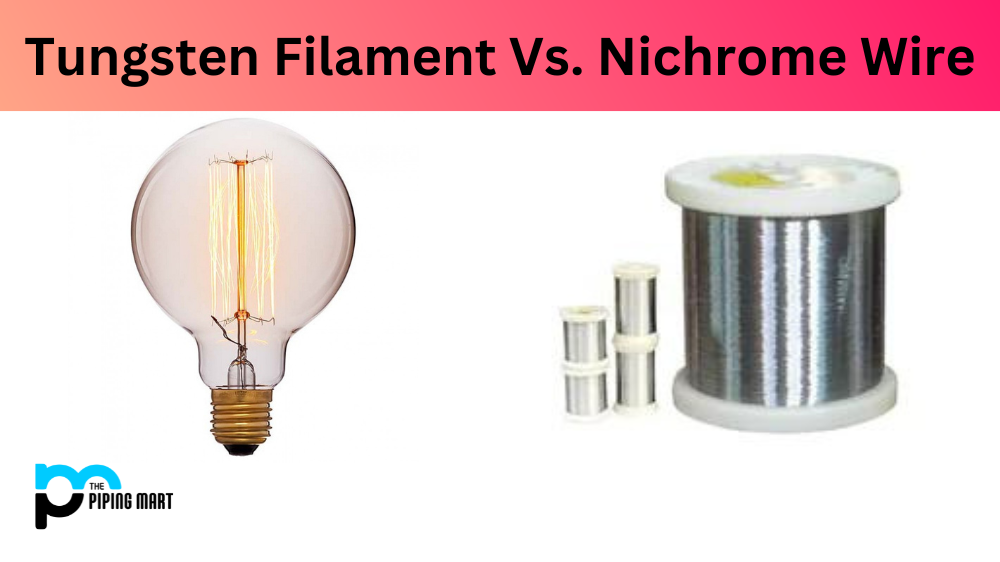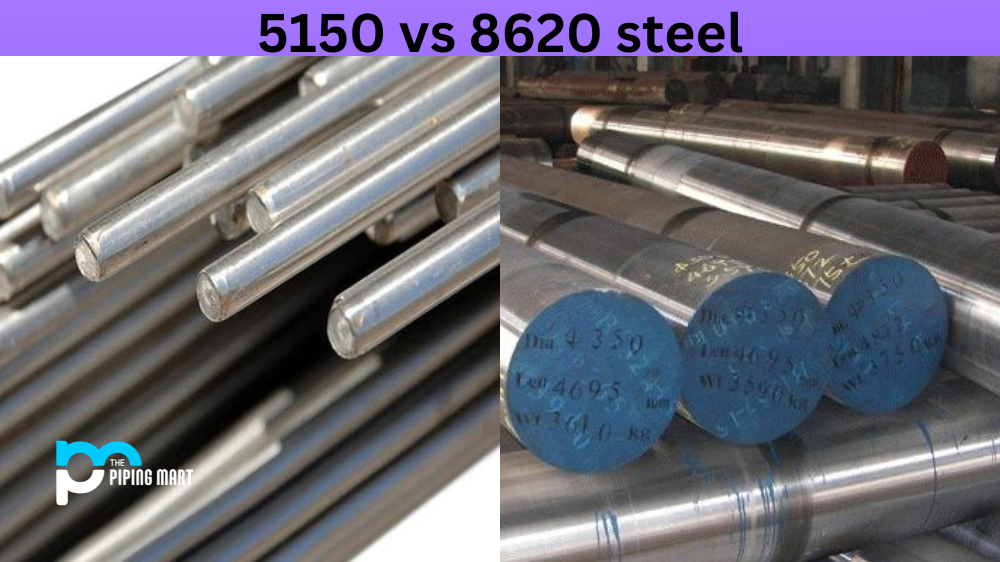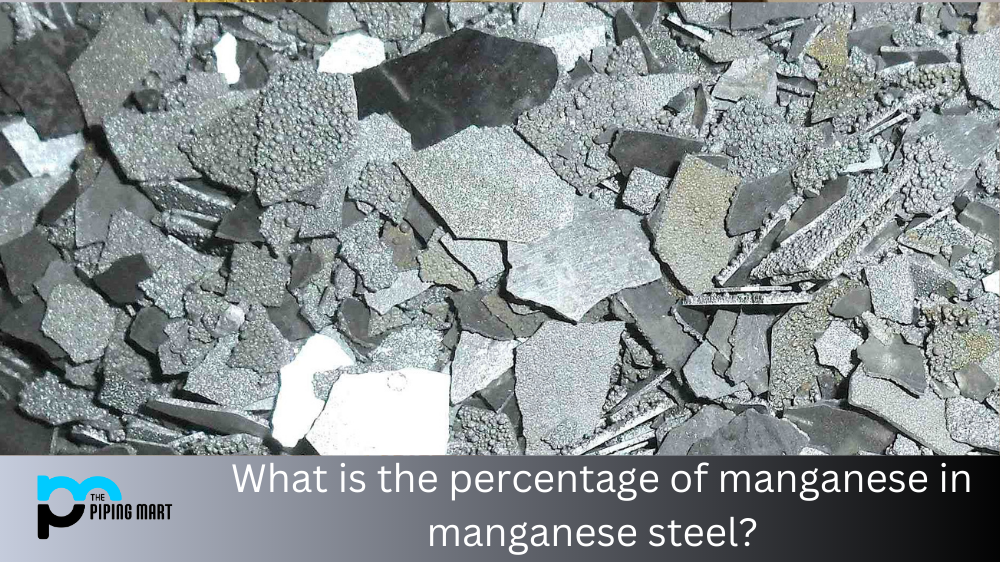If you’re thinking about using a tungsten filament or nichrome wire, it’s important to understand the differences between the two. Both tungsten filaments and nichrome wires are used frequently in electrical applications. However, depending on the application, one may be more suitable than the other. Let’s take a closer look at these two materials and explore their differences.
Tungsten Filament
A tungsten filament is made up of a thin wire composed of tungsten metal alloy strands that are twisted together. Tungsten filaments are exceptionally strong and heat-resistant. They have excellent electrical conductivity and exceptional durability, making them ideal for use in light bulbs and other electrical applications where high temperatures are present. Tungsten filaments also have low thermal expansion rates, meaning that they will not expand or contract significantly over time when exposed to high temperatures.
Nichrome Wire
Nichrome wire is an alloy composed of nickel and chromium but can also contain small amounts of iron, silicon, aluminum, or manganese, depending on its intended use. Like tungsten filaments, nichrome wires are strong and heat-resistant with excellent electrical conductivity but with lower thermal expansion rates than tungsten filaments. Nichrome wires have many uses in the industry, such as in heating elements for ovens and furnaces, due to their resistance to oxidation at high temperatures. They are also commonly used in medical implants such as pacemakers because they can resist corrosion caused by body fluids such as sweat or blood.
Tungsten Filament Vs Nichrome Wire
Tungsten filament and Nichrome wire are both commonly used in electrical applications. Tungsten filament is a type of wire made from tungsten, a metal with a high melting point. It is used in light bulbs, heating elements, and other electrical components. Nichrome wire is an alloy of nickel and chromium, and is used in heating elements, resistors, and other electrical components.
The main difference between tungsten filament and Nichrome wire is their composition. Tungsten filament is made of pure tungsten, while Nichrome wire is an alloy of nickel and chromium. Tungsten filament has a higher melting point than Nichrome wire, making it more suitable for applications that require high temperatures. Tungsten filament also has a higher electrical resistance than Nichrome wire, making it better suited for applications that require high current.
In terms of cost, tungsten filament is more expensive than Nichrome wire due to its higher melting point and electrical resistance. However, Nichrome wire is more flexible than tungsten filament, making it easier to work with in certain applications.
- Tungsten filaments are made of tungsten, while nichrome wire is made of nickel and chromium.
- Tungsten filaments have a higher melting point than nichrome wire.
- Tungsten filaments are more resistant to corrosion than nichrome wire.
- Tungsten filaments are more expensive than nichrome wire.
Advantages of Tungsten Filament
One advantage of tungsten filament over nichrome wire is that tungsten filament has a higher melting point. This means that tungsten filament can withstand higher temperatures before it breaks or melts. Additionally, tungsten filament is less likely to corrode than nichrome wire.
Advantages of Nichrome Wire
One advantage of nichrome wire over tungsten filament is that nichrome wire has a lower resistivity, which means that it can conduct electricity more efficiently. Additionally, nichrome wire is less expensive than tungsten filament and it is easier to work with since it can be drawn into thinner wires.
Conclusion:
In conclusion, while both tungsten filaments and nichrome wires have many similarities, such as strength, heat resistance, and excellent electrical conductivity, there are some differences between them that make one more suitable than the other, depending on the application. For example, if you’re looking for a material that can withstand extreme temperatures without expanding or contracting significantly over time, then a tungsten filament would be your best choice due to its low thermal expansion rate compared to nichrome wire. On the other hand, if you need a material that is resistant to corrosion from body fluids, the nichrome wire might be your better option due to its higher resistance against corrosion than the tungsten filament. It’s important to understand these differences when deciding which material will best suit your needs!

A passionate metal industry expert and blogger. With over 5 years of experience in the field, Palak brings a wealth of knowledge and insight to her writing. Whether discussing the latest trends in the metal industry or sharing tips, she is dedicated to helping others succeed in the metal industry.




